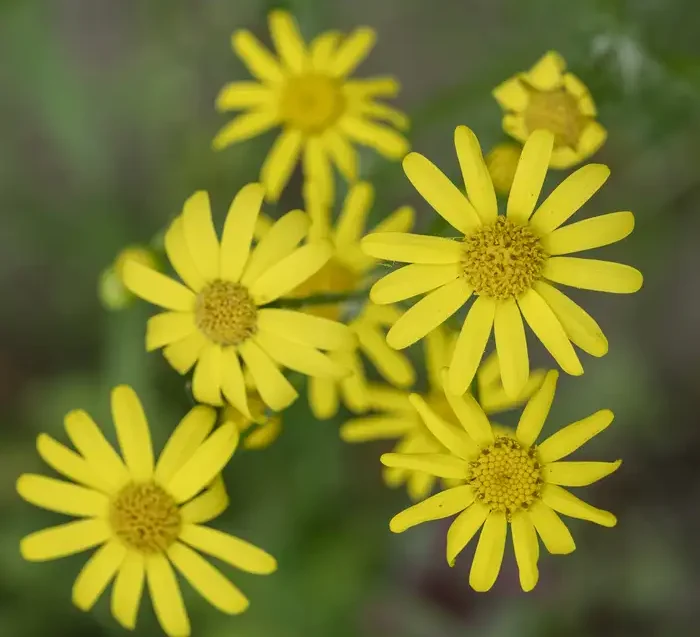Arnica montana
Latin Name: Arnica montana
Herb Class/Action: Vascular and Circulatory Stimulant, Rejuvenative
Parts Used: Flowers, sometimes rhizome
Flavors: Sweet, aromatic, acrid, slightly bitter
Energetics: Neutral
Traditional Benefits: Musculoskeletal support, tension support, supports the natural healing process of the skin
With support to help balance temporary, activity related aches and inflammation in addition to her blood-moving properties, Arnica is a gift from nature. She is a master of “healthy inflammatory response support,” moving and delivering the body’s innate rejuvenative resources such as healthy blood flow support to areas that need more love. These days, it’s most commonly found in topical remedies; however, it’s also still used internally in homeopathic medicine.*
Arnica’s medicinal history can be traced back as early as 16th century Germany, where it was used to support injuries and bruises. Some 500 years later, it’s serving the same purposes: Arnica-based salves, balms, creams, and gels are readily available in stores everywhere.
While its value as a topical remedy has remained popular over the years, Arnica was once widely used internally as well. Long ago in Europe, the herb was ingested to support cardiovascular health. As a blood-moving herb, it helps break up “blood stasis” or general stagnation. Though it still has a place in homeopathy, another heart and blood supporting herb, Hawthorn, has become a more popular remedy.

One of the herb’s most useful compounds is a sesquiterpene lactone called helenalin, which balances cytokines to support a healthy inflammatory response in the body. It’s also supported by arabinogalactan—a starch-like chemical that has immune supporting and healthy inflammation supporting properties. Together, these chemicals help calm affected areas of the body and give the body’s natural healing process a boost.*
Native to Europe, Arnica grows wild in high elevations—generally free from human intervention. You’ll find it blooming radiant yellow flower heads from June to August, in mountain pastures and heathlands.
“The internal use of Arnica used to be much more widespread in European history than it is today, having been replaced as a heart-loving, blood-moving herb by Hawthorn.” – Weiss

